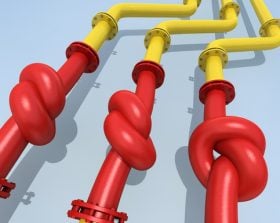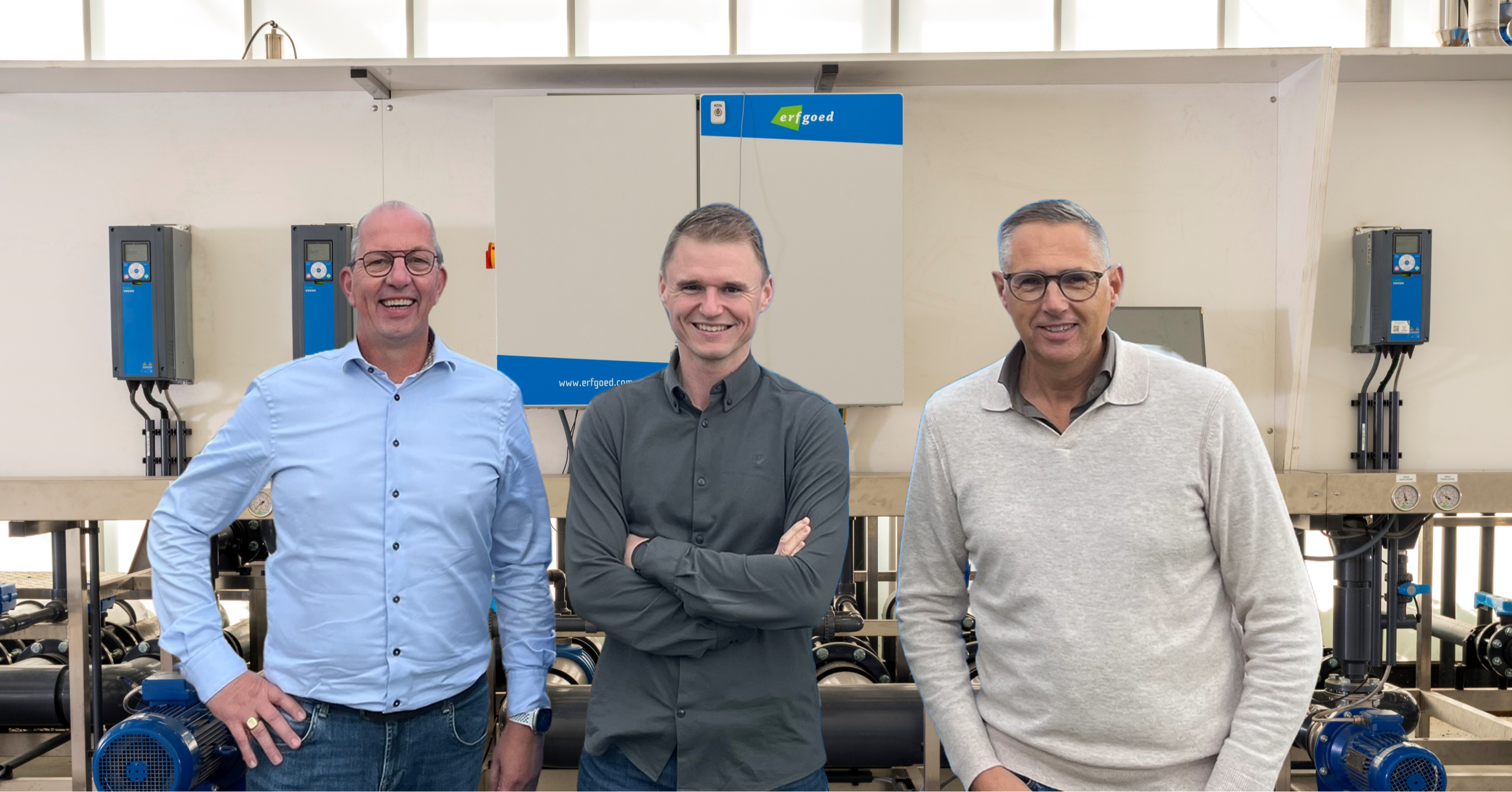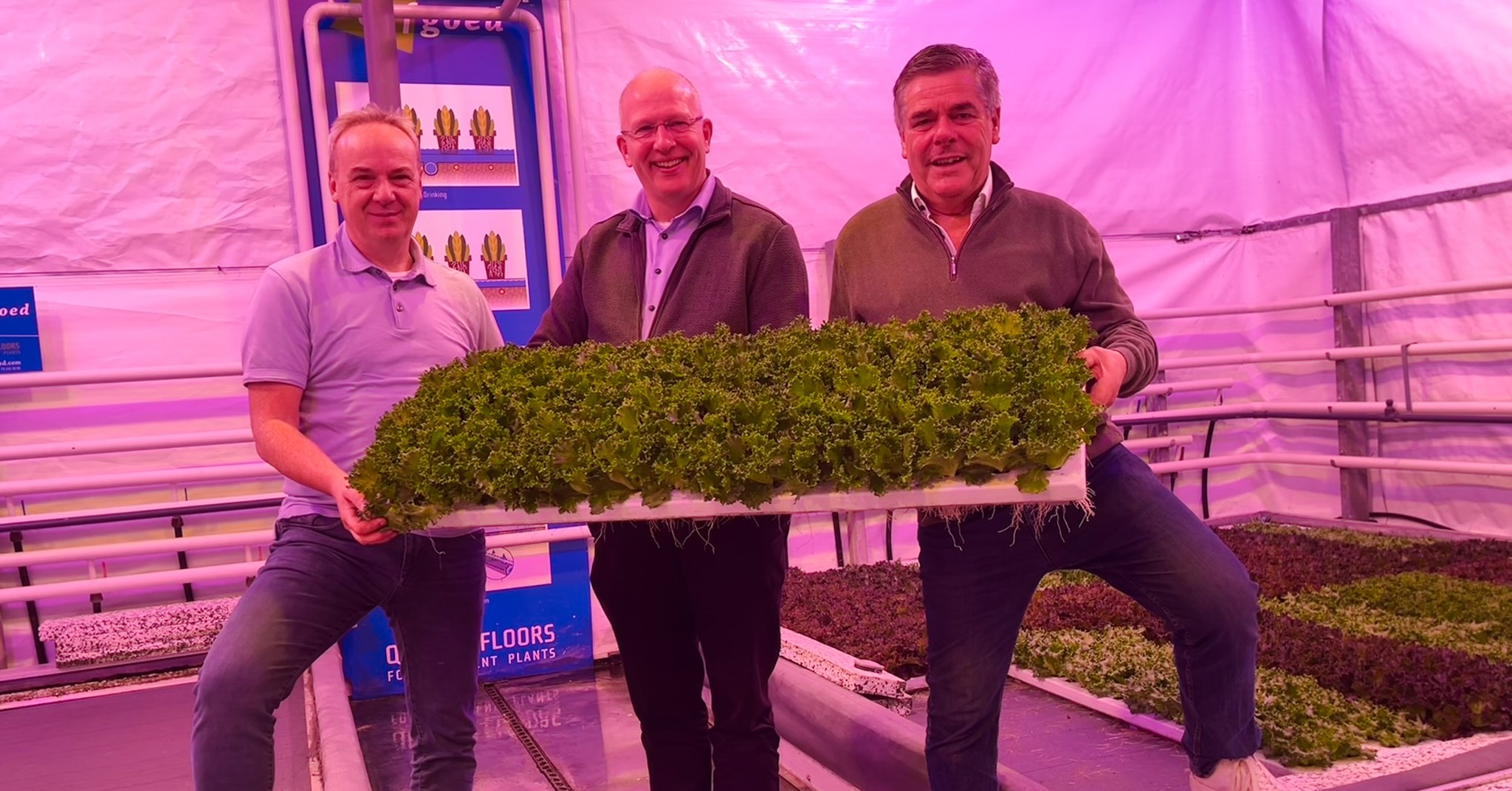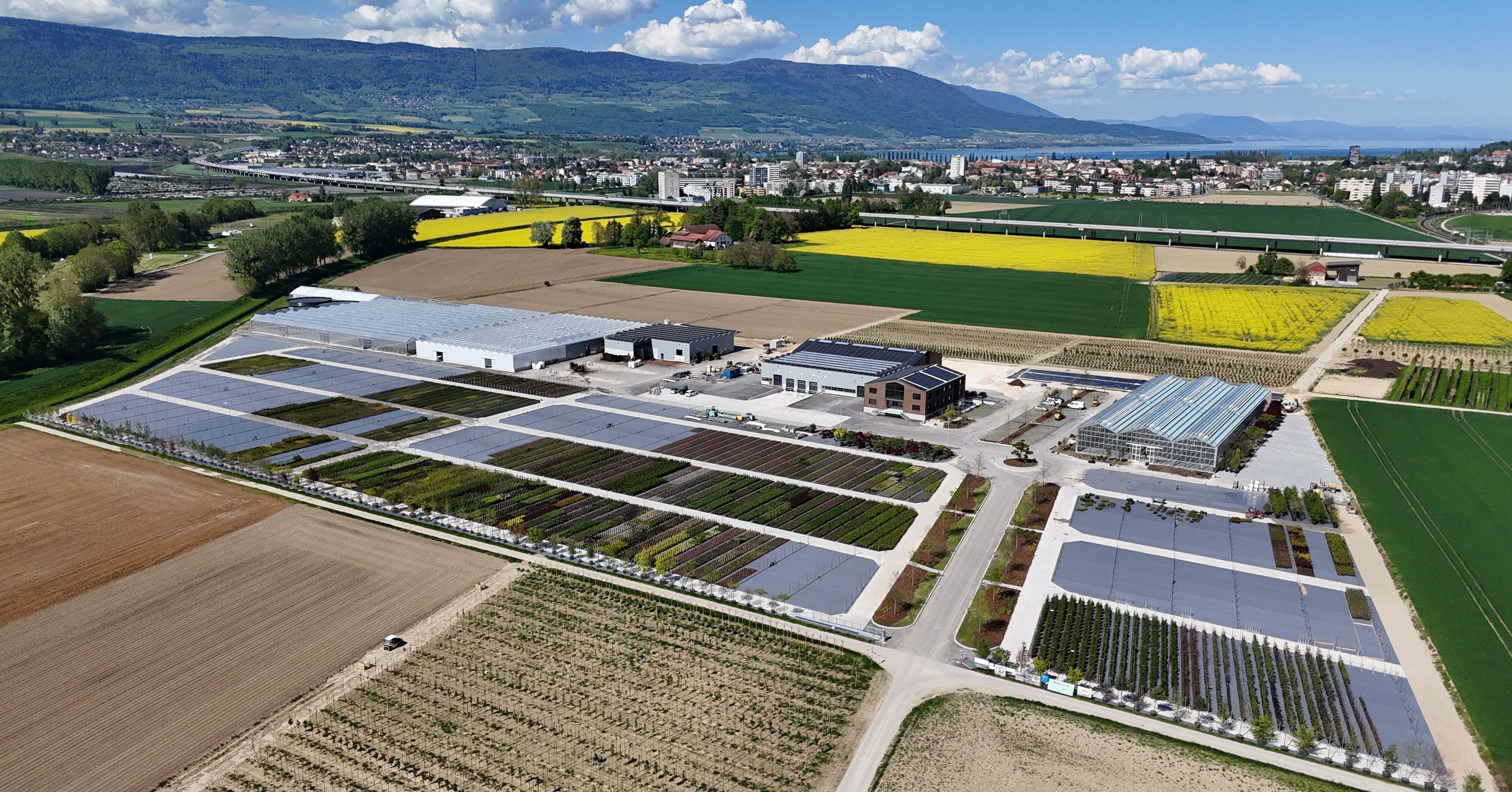- Prefer direct contact? +31 (0)79 593 38 00
- Language: English
Weaning the Dutch off gas

Weaning the Dutch off gas
Sep 9, 2021 1:34:50 PM
For a long time, gas has been the leading fossil fuel in Dutch households. Every home had to be fitted out with a gas connection. We use gas to heat our homes and many people cook on gas. But a radical change is on the way. The gas reserves below the Netherlands – which have driven our economy for many years – are no longer available because of the increasing number of earthquakes in the north of the country. And carbon emissions also need to be cut significantly. So it has been decided that every home in the Netherlands needs to be disconnected from the gas mains by 2050.
The use of fossil fuels contributes significantly to global warming. And it can hardly be denied any longer that climate change is affecting us all. We see the consequences everywhere. In Western Europe, for example, the summer this year was extremely dry.
Dutch greenhouse horticulture is also under enormous pressure to cut back the use of fossil fuels. The target for the sector is to be climate-neutral by 2050, partly by making more use of geothermal energy. Greenhouses are being used in several locations as sources of energy for the locality. Elsewhere, industry provides the horticulture sector with heat and CO2. In Westdorpe in the Netherlands, for example, a horticultural area has been set up around the Yara fertiliser factory in Sluiskil. It supplies growers with cheap, environmentally-friendly heat and pure CO₂. That saves up to 90 percent in natural gas consumption. This is also known as the most sustainable horticulture area in the Netherlands.
For years, I have been amazed by the fact that so little attention has been paid in greenhouse horticulture to the effects of cold and moisture from the underlying surface. We built greenhouses but we forgot to insulate the floors. But the idea now seems to have got through to the entire sector. It is precisely this underlying surface that determines, to a very large extent, the climate around the pot. Surely that is where we want ideal conditions? And, last but not least: the energy savings are enormous!
We want horticulture to be energy-neutral as quickly as possible. We are willing make major investments to achieve that goal. However, I am convinced that, above all, we should be doing this together. In collaboration with greenhouse builders and other companies involved in greenhouse design. If we pool our strengths, the goal is within our reach.

Hugo Paans
CEO



